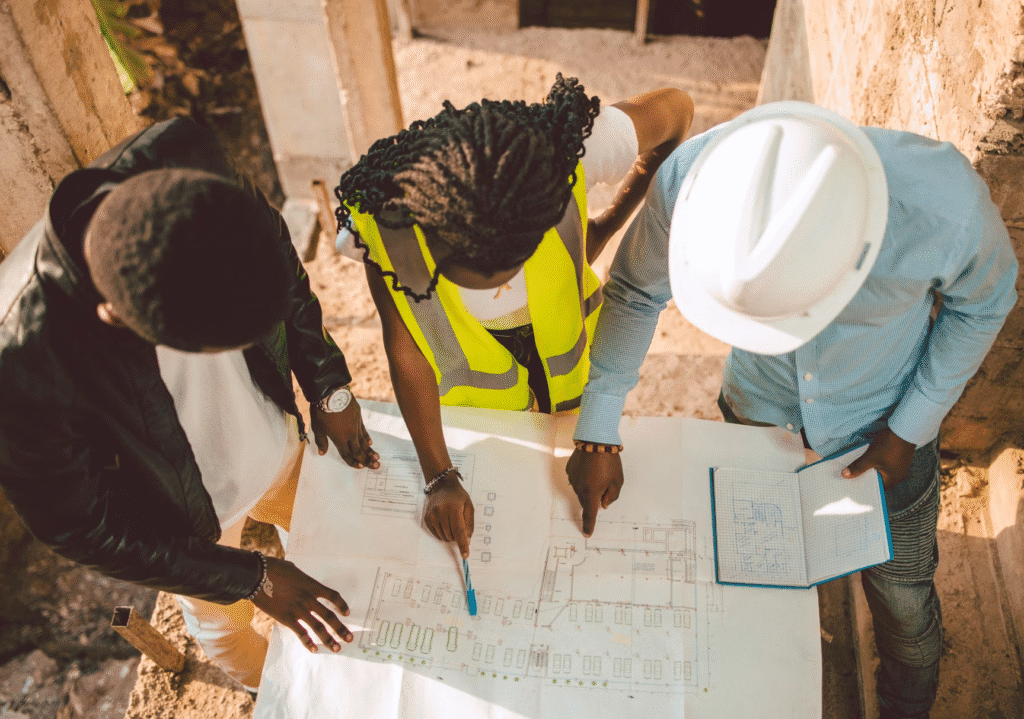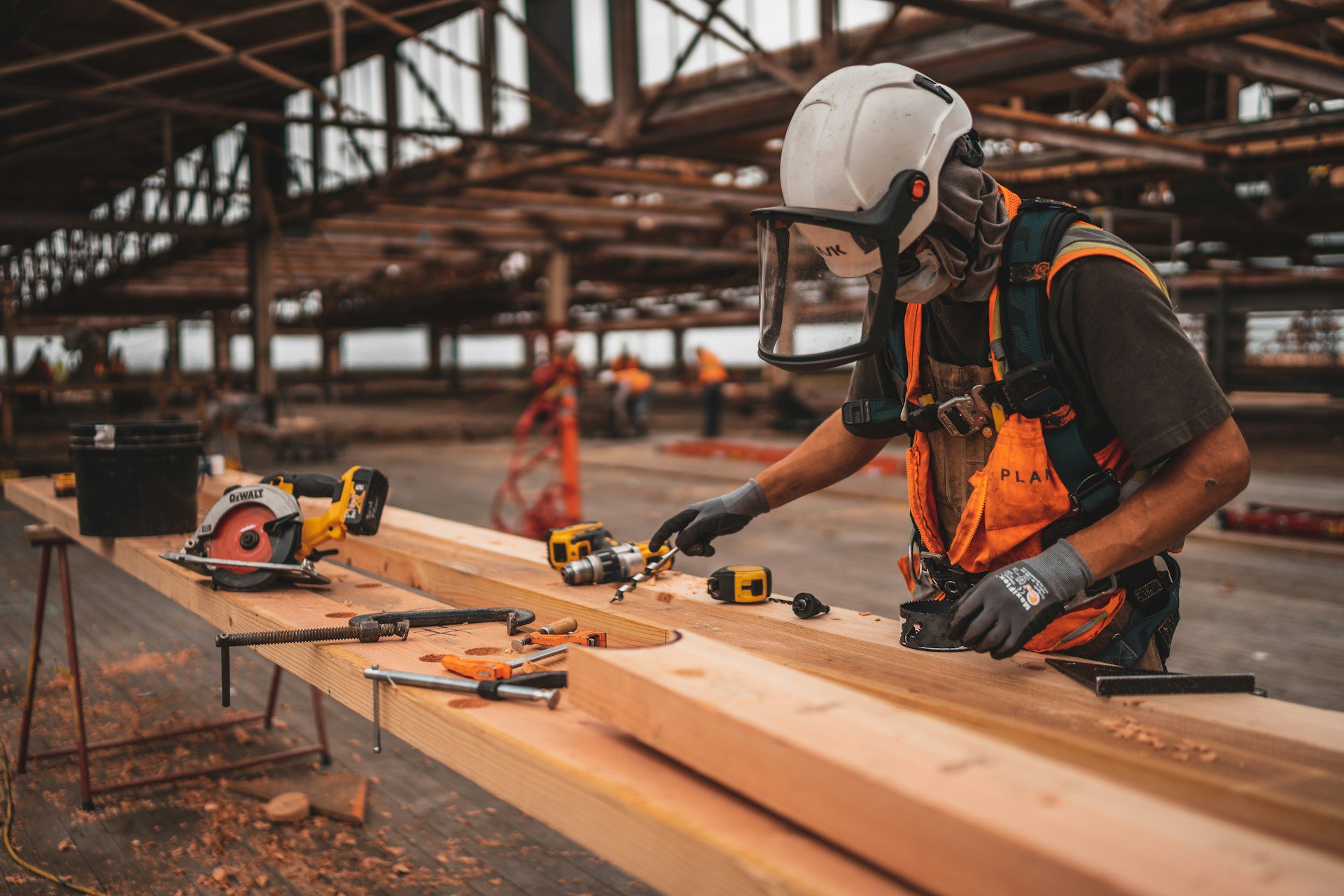
Construction work can be stressful, with builders often facing very tight deadlines and strict budgets. If something goes wrong, it can cost a lot of time and money to put it right again, making it crucial to understand what causes budget overruns and delays and to recognise how to avoid them.
For help with staying on track with your next big project, read on for an outline of some of the most common problems builders face in construction, along with some practical steps to keep your project on track.
Main Causes of Budget Overruns and Delays
Poor Planning
If the project isn’t planned properly or the goal isn’t clear, problems are more likely to happen. If you don’t get the numbers right at the start, your budget or schedule won’t match reality and, if the design is changed halfway through, this often means extra work, more materials and, ultimately, more money.

Material and Labour Shortages
If materials are delayed or hard to get, or if you don’t have the right workers or they’re not managed well, the whole project can slow down and lead to a knock-on effect on timelines and costs. It’s important to build strong relationships with suppliers and to plan ahead when booking trades so you’re not left waiting when work needs to start.
Site Conditions
Poor site conditions like bad soil, hidden pipes or cables, underground water, or uneven ground can all impact how and when work can begin. Weather is also a major factor, with heavy rain, high winds, or freezing temperatures making it unsafe or impossible to work. To avoid this, always carry out thorough surveys and plan for site risks in advance.
Avoiding Budget Overruns
Detailed Planning
Before starting any work, take time to plan everything in detail. This includes the design, timeline, materials needed, and labour. Make sure everyone involved understands the plan. The more detailed your plan is, the more chance you have of spotting potential problems before they become costly mistakes, and the less likely you’ll be hit with random or unanticipated surprises later on.
Expense Tracking
Use expense tracking tools to keep an eye on your spending and check your budget regularly to make sure you’re staying on track and to help you to identify areas where you might be overspending or where savings can be made. If something costs more than you expected, you can catch it early and make changes before it gets out of control.
Contingency Budget
Always include a buffer in your budget. A good rule is to set aside around 10% of your total budget for unexpected costs. This way, if something goes wrong, you have extra money to cover it without stopping the project. Putting this in place gives you peace of mind throughout the duration of the project that everything will be okay, no matter what gets thrown your way.
Preventing Delays
A Clear Schedule
Break the project down into smaller chunks and assign set deadlines to each chunk. This helps everyone understand what needs to happen and when and ensures everyone stays on track with their tasks, with any issues being nipped in the bud quickly. A calendar or timeline chart can help to track progress. By sticking closely to the schedule, the project will continue to move forward at a good pace.
Choose Reliable Subcontractors
Make sure the subcontractors you hire are skilled and dependable. Ask for references, check past work, and don’t always go for the cheapest option. A reliable subcontractor may cost more upfront but is likely to save you time and stress in the long run since good subcontractors are more likely to finish their work on time and to a high standard.
Place Orders Early On
Order materials as early as possible to avoid waiting around for deliveries. Delays in materials often lead to delays in the whole project; for example, if you order your ceiling tiles or wooden flooring too late and they turn out to be out of stock, or if you face delays in their delivery, you may have to delay progressing or finalising the project if you are unable to finish fitting the ceiling of your new building.
Some items may have long lead times, especially if they’re specialised or imported, and by ordering early, you also give yourself time to find alternatives if anything is out of stock or unavailable. Putting yourself in a solid position with orders is a crucial step in any smooth construction project.







